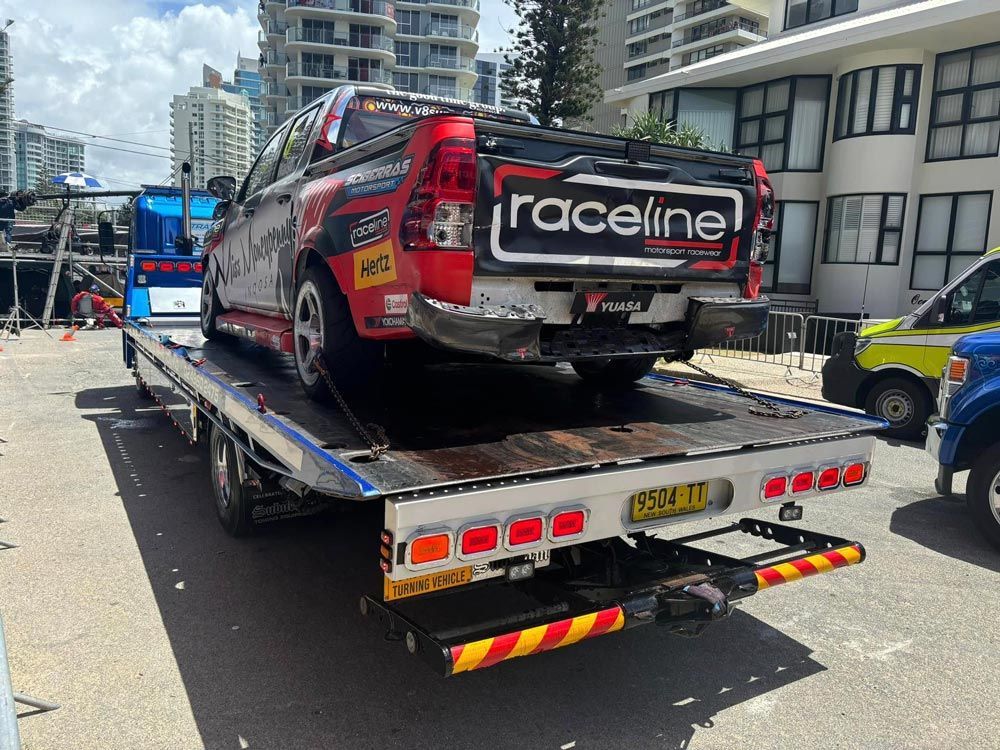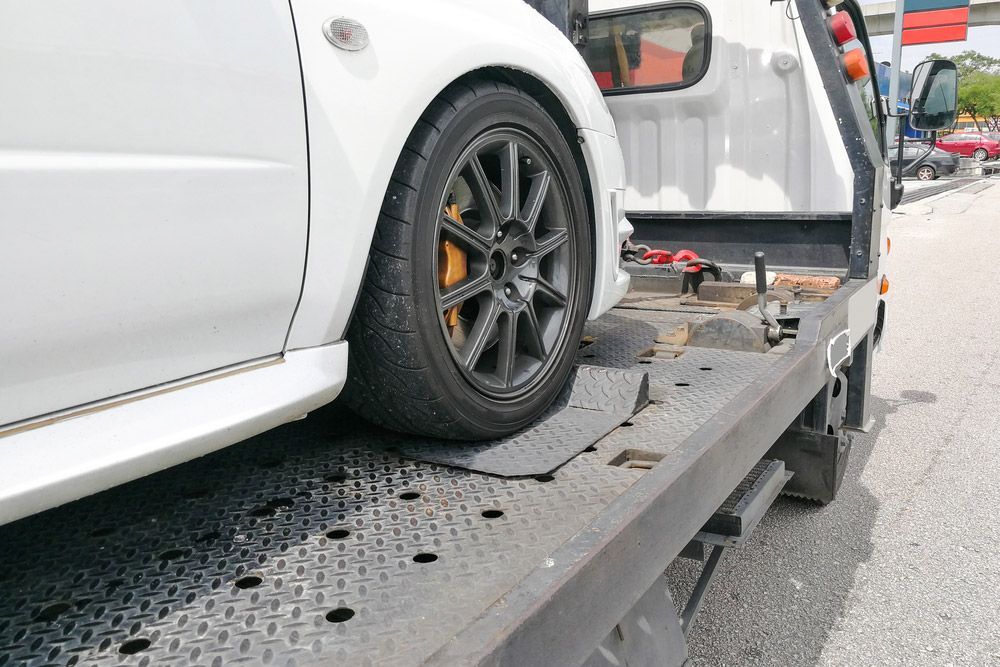How Weather Conditions Affect Towing Operations
Weather conditions can significantly influence towing operations, affecting both the safety and efficiency of services. Whether it’s heavy rain, dense fog, or extreme heat, each weather type presents unique challenges for towing professionals and drivers. Understanding the effects of weather when towing can make a big difference in ensuring safe and effective towing operations. Here’s a closer look at weather impacts on towing services and what drivers and vehicle owners can do to adapt.
The Effects of Rain on Towing Operations
Rain is one of the most common weather challenges, and it poses significant risks for both drivers and towing professionals. Wet roads reduce traction, increase stopping distances, and increase the likelihood of skidding, making towing in the rain more cautious.
Key Challenges of Rainy Weather Towing:
- Slippery road surfaces increase the risk of accidents.
- Poor visibility due to rain or spray from other vehicles.
- Longer stopping distances for both tow trucks and vehicles being towed.
Rainy Weather Towing Safety Tips:
- Reduce speed and maintain a greater following distance.
- Use headlights to improve visibility.
- Ensure that the towed vehicle is securely attached and that lights are functioning correctly.
For drivers needing towing services during rainy conditions, it’s important to pull over to a safe, visible spot and wait for professional assistance.
Fog & Its Impact on Towing Services
Dense fog can severely limit visibility, making it one of the most dangerous weather conditions for towing operations. Navigating through fog requires extreme caution and precise coordination.
Challenges of Towing in Foggy Conditions:
- Difficulty seeing road signs, lane markings, and other vehicles.
- Increased risk of collisions due to reduced reaction times.
- Challenges in identifying safe places to pull over.
Towing Safety Measures in Fog:
- Drive at reduced speeds and use low-beam headlights or fog lights.
- Avoid sudden movements or lane changes to maintain predictability.
- Tow trucks should use hazard lights to alert other drivers of their presence.
- Drivers should stay in their vehicles with hazard lights on and wait for professional help when experiencing a breakdown in foggy weather.
High Winds & Towing Stability
Strong winds can affect the stability of tow trucks and the vehicles they are towing. Side winds, in particular, can cause vehicles to sway, making it harder to maintain control.
Challenges of High Winds When Towing:
- Increased difficulty in keeping the tow truck and towed vehicle aligned.
- Risk of debris on the road, creating additional hazards.
- Potential for toppling in extreme wind conditions, especially with taller loads.
Precautions for Towing in Windy Conditions:
- Reduce speed to minimise sway and maintain better control.
- Avoid exposed areas, such as bridges or open highways, during extreme wind conditions.
- Secure all loose items in and around the towed vehicle to prevent debris.
Heatwaves & Towing Efficiency
While less immediately dangerous than rain or fog, high temperatures can impact towing operations by straining vehicles and equipment. Overheated engines, tyre blowouts, and driver fatigue are common concerns during heatwaves.
Effects of Hot Weather on Towing:
- Increased likelihood of mechanical issues, such as overheating in tow trucks or towed vehicles.
- Added stress on towing equipment, including straps and chains.
- Fatigue and dehydration among drivers, reducing focus and reaction times.
Tips for Safe Towing in Hot Weather:
- Regularly check vehicle fluids and ensure cooling systems are functioning.
- Inspect towing equipment for wear and tear caused by heat exposure.
- Carry water and take breaks to stay hydrated.
Preparing for Storms & Severe Weather
Severe storms, including heavy rain, hail, or lightning, create dangerous conditions for towing services. Tow truck operators must balance urgency with safety, ensuring they protect themselves, the vehicle, and the driver requiring assistance.
Challenges During Storms:
- Increased risk of hydroplaning or losing control on wet roads.
- Limited visibility and hazardous debris, such as fallen branches.
- Potential damage to towing equipment from hail or lightning.
Storm Safety for Towing Professionals and Drivers:
- Avoid towing in hail or lightning storms unless it’s an absolute emergency.
- Seek shelter or wait for safer conditions if possible.
- Drivers should pull over to a secure area and remain in the vehicle until help arrives.
What Should Drivers Do During Severe Weather?
If you find yourself needing towing assistance during adverse weather, follow these steps to ensure safety:
- Pull Over Safely: Find a visible and secure spot away from traffic.
- Turn on Hazard Lights: Make your vehicle noticeable to other drivers and towing professionals.
- Stay Inside the Vehicle: Avoid standing outside, especially near busy roads.
- Call a Professional Service: Contact a trusted towing provider for prompt and reliable assistance.
- Be Patient: Adverse weather may cause delays, so stay calm and focus on your safety.
Contact Us for Safe & Reliable Towing Services in Newcastle!
At
Trade & General Towing, we understand the complexities of towing operations in different weather conditions. Our team is equipped with the knowledge and tools to handle challenges like rainy day towing and navigating severe weather safely. With years of experience, we provide reliable towing services in
Newcastle
tailored to your needs, rain or shine. Visit our website to learn more about how we can assist you in all weather conditions.







